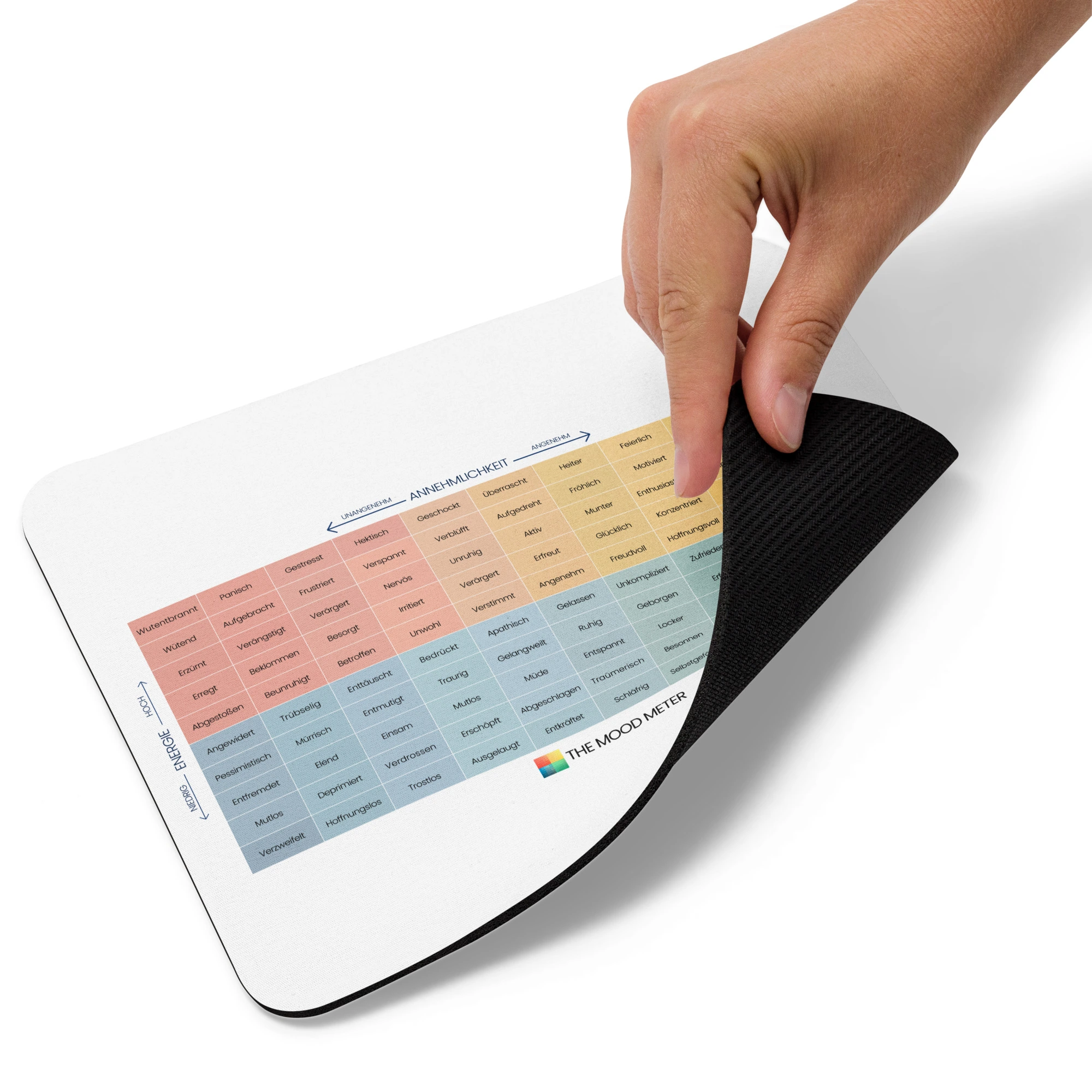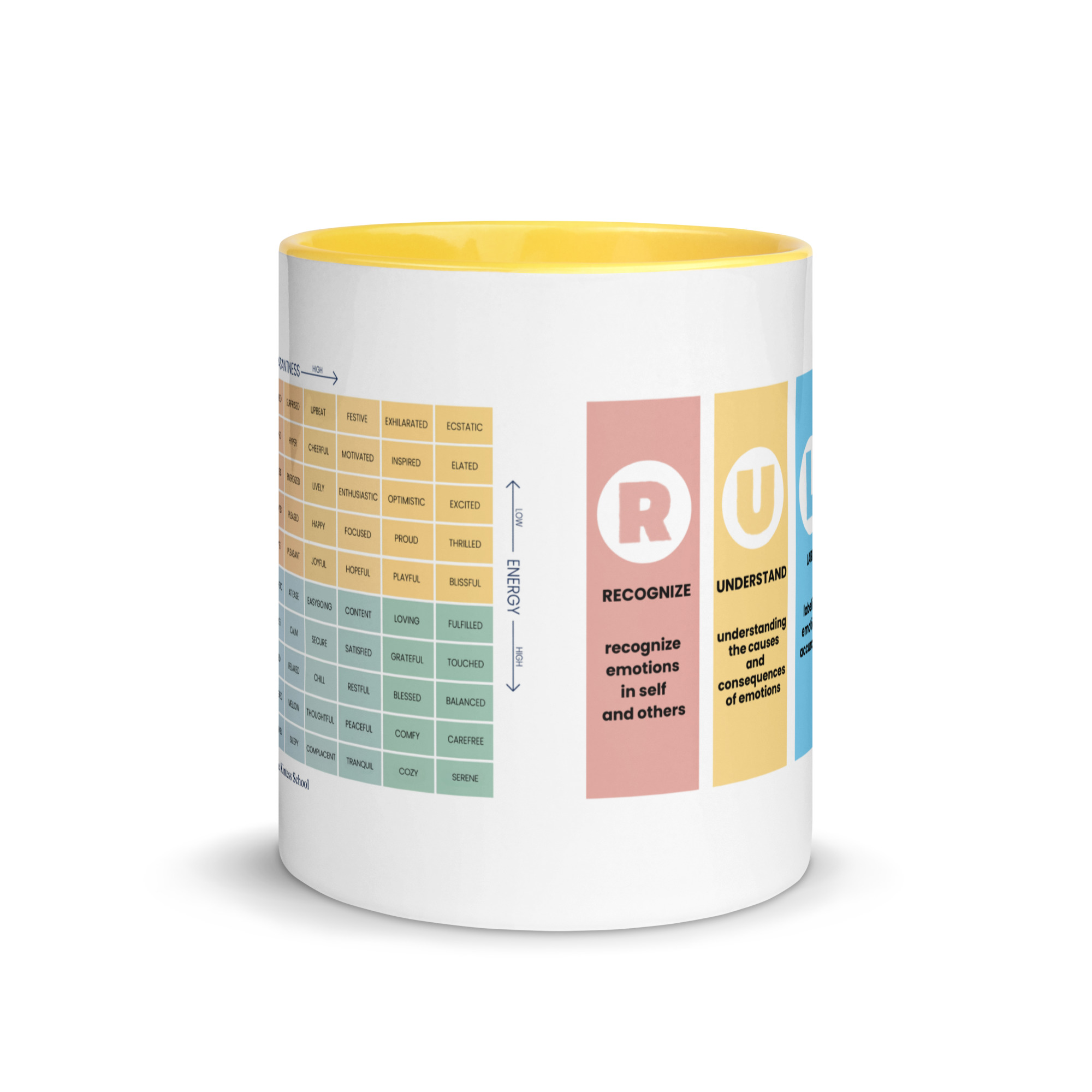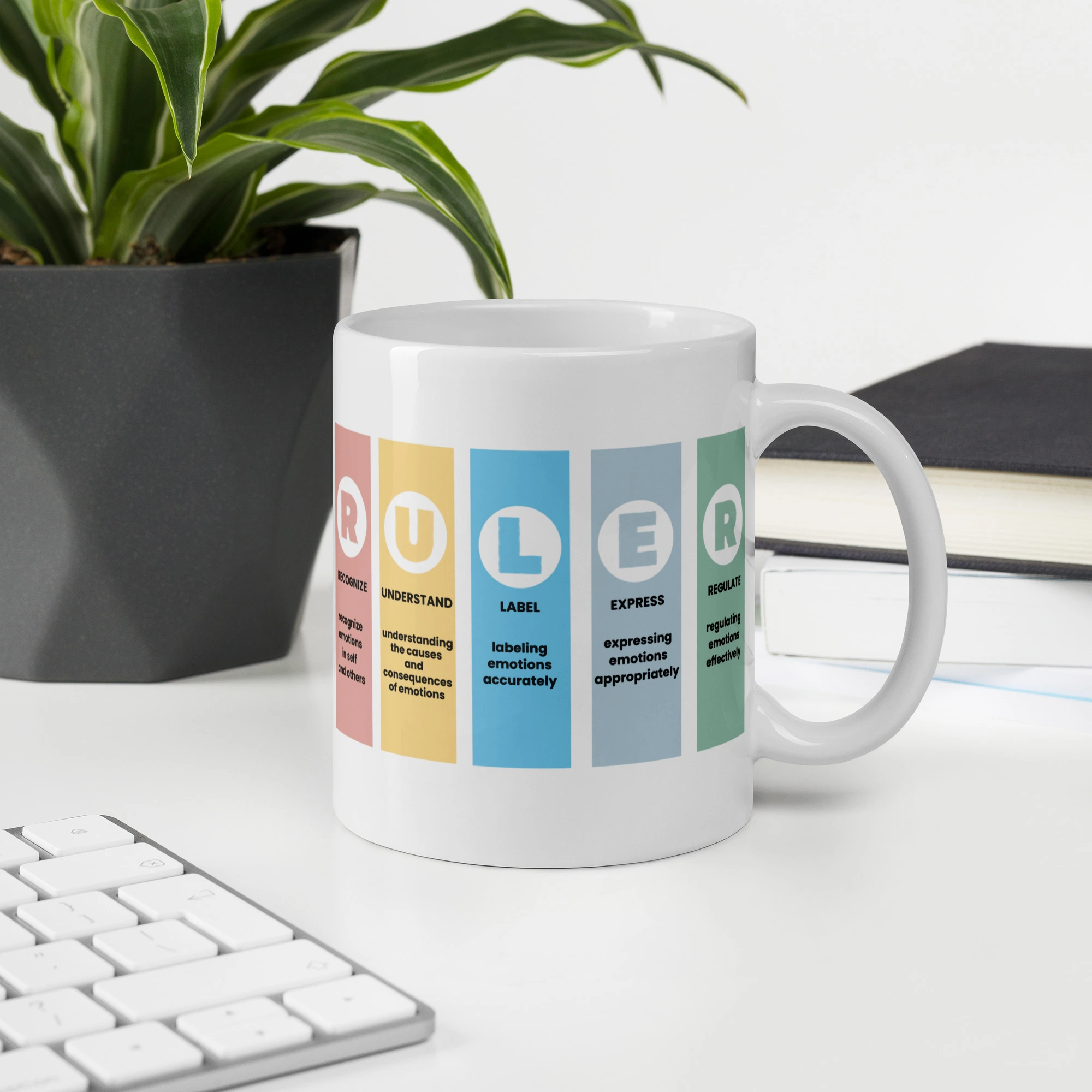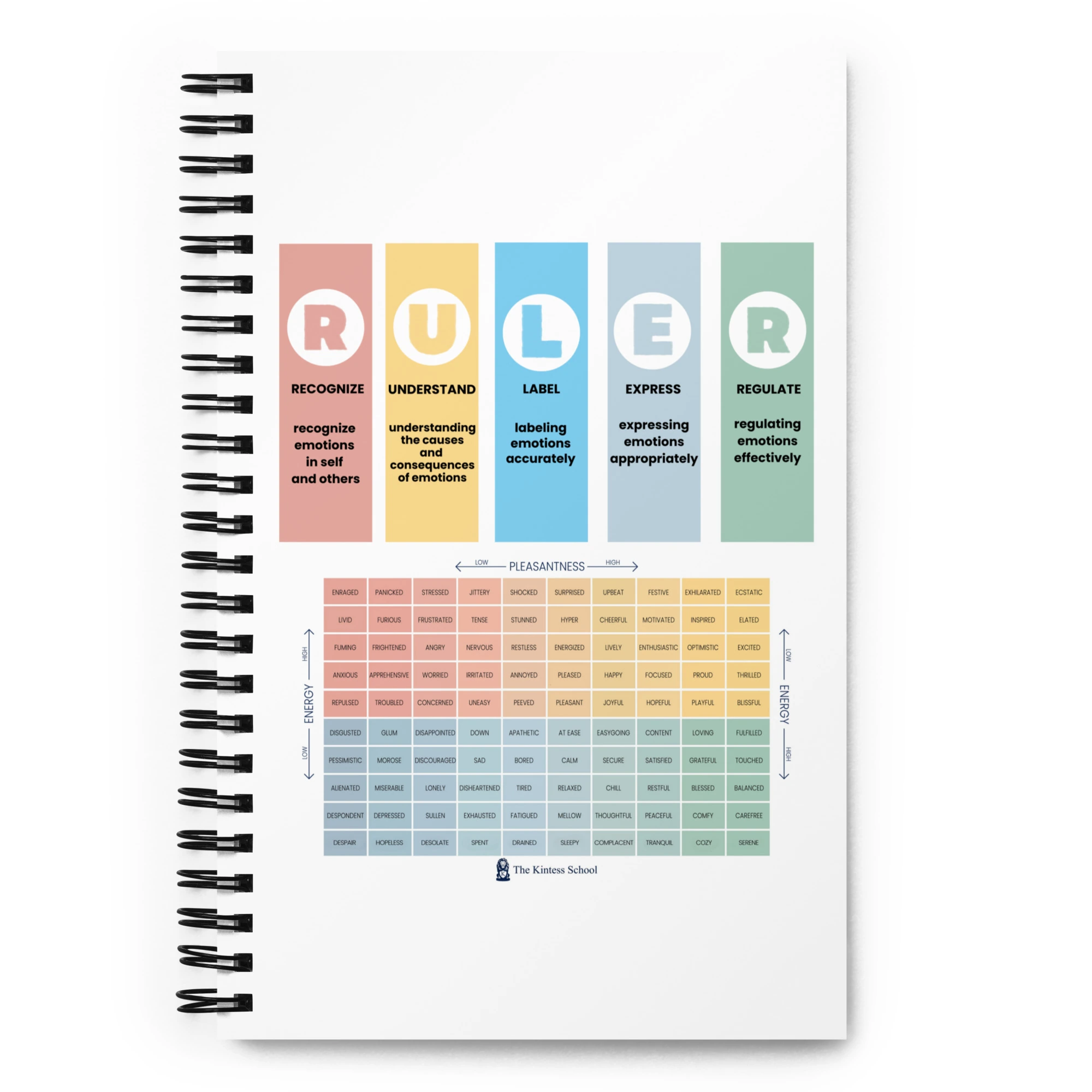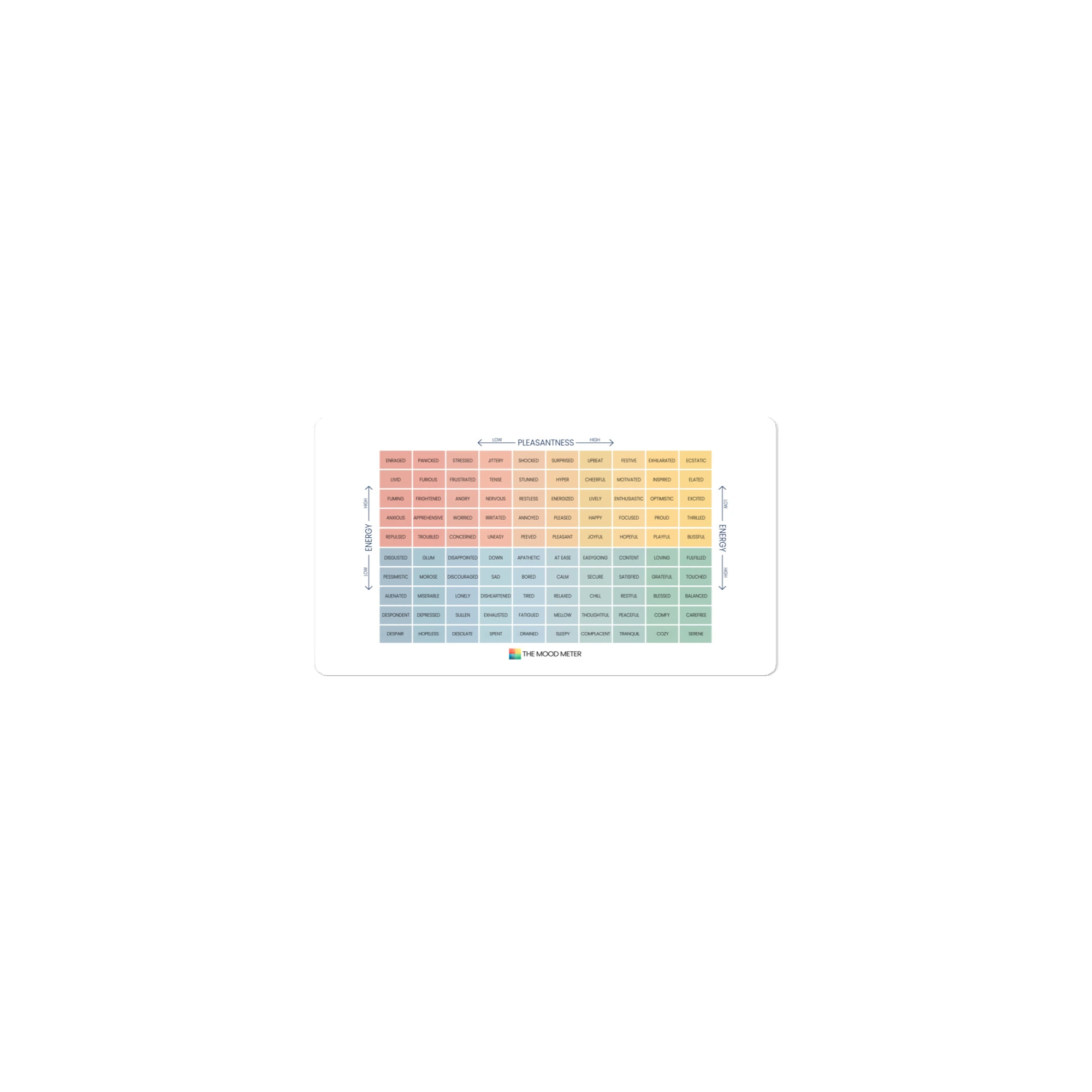How the Mood Meter Builds Emotional Awareness and Clarity
The Role of the Mood Meter in Building Emotional Awareness
Emotions are central to how we think, act, and connect with others. Yet, many people struggle to describe their feelings beyond simple words like “good” or “bad.” This lack of precision can make emotions harder to manage and relationships harder to navigate. The Mood Meter, developed as part of Yale University’s RULER approach to emotional intelligence, plays a vital role in building emotional awareness by giving people a practical framework to recognize, label, and understand their feelings. To explore the origins and purpose of this framework in detail, read What Is the Mood Meter?
What Is Emotional Awareness?
Emotional awareness is the ability to notice and understand your own emotions and those of others. It means going beyond vague labels and recognizing feelings with clarity. For example, being able to say, “I feel anxious about this meeting,” or “I feel proud of my work,” is far more meaningful than just saying, “I feel fine.”
When people have strong emotional awareness, they:
-
Make better decisions.
-
Communicate more clearly.
-
Respond more effectively to stress.
-
Build deeper and healthier relationships.
For more insights into how awareness connects to emotional intelligence, explore Understanding the Mood Meter: Building Emotional Intelligence Through Awareness.
How the Mood Meter Works
The Mood Meter organizes emotions along two simple dimensions:
-
Energy (Activation): How much physical or mental energy you feel.
-
Pleasantness (Valence): How positive or negative the feeling is.
These two dimensions create four quadrants, each containing emotions with similar energy and pleasantness levels:
-
Red Quadrant: High energy, low pleasantness (e.g., angry, panicked, frustrated).
-
Blue Quadrant: Low energy, low pleasantness (e.g., sad, lonely, hopeless).
-
Green Quadrant: Low energy, high pleasantness (e.g., calm, peaceful, balanced).
-
Yellow Quadrant: High energy, high pleasantness (e.g., excited, proud, ecstatic).
With this framework, individuals can place their emotions more precisely and build a richer emotional vocabulary. To dive deeper into the practical model behind this, you can read How the Mood Meter Works to Recognize and Manage Emotions.
Building Awareness Through Recognition
The first step to building emotional awareness is recognition. The Mood Meter helps individuals pause and ask:
-
How much energy am I feeling right now?
-
How pleasant or unpleasant does this emotion feel?
By answering these questions, people become more aware of their inner state. Instead of vaguely saying “I feel bad,” someone might realize they feel disappointed (Blue Quadrant) or overwhelmed (Red Quadrant). Recognition creates space for reflection and prevents emotions from being ignored or misinterpreted.
Labeling Emotions with Precision
The next step is labeling emotions accurately. The Mood Meter provides a wide vocabulary for each quadrant, allowing individuals to describe feelings more specifically. This matters because:
-
Naming emotions reduces their intensity.
-
Clear labels help in expressing needs to others.
-
Precise words highlight differences (e.g., “nervous” vs. “angry”).
By labeling emotions clearly, people not only gain personal clarity but also help others understand them better. This strengthens trust and empathy in relationships. A structured look at identifying and managing emotions can be found in A Comprehensive Guide to Human Emotions: Understanding, Identifying, and Managing Feelings.
Emotional Regulation and Growth
Emotional awareness naturally leads to better regulation. When people know what they are feeling and why, they can choose healthier ways to respond.
-
In the Red Quadrant, awareness can prevent outbursts by prompting calming strategies.
-
In the Blue Quadrant, it can encourage self-care and seeking support.
-
In the Green Quadrant, it can help maintain balance and gratitude.
-
In the Yellow Quadrant, it can inspire individuals to channel enthusiasm productively.
To see how emotions are classified within each quadrant, visit the Comprehensive Emotion Classification Guide. This regulation doesn’t suppress emotions; it acknowledges them and guides them toward positive outcomes.
The Broader Impact of Emotional Awareness
The role of the Mood Meter in building emotional awareness extends beyond individuals:
-
In schools, students who check in with their emotions learn better and feel more supported.
-
In workplaces, teams that use emotional awareness tools collaborate more effectively and reduce conflict.
-
In families, parents and children who share emotions openly strengthen bonds of trust.
In all these settings, the Mood Meter creates a common language for emotions that fosters connection and understanding.
The Mood Meter is more than just a chart; it is a practical tool for building emotional awareness. By helping people recognize and label their emotions across four quadrants of energy and pleasantness it provides clarity, reduces stress, and strengthens communication. Emotional awareness, supported by tools like the Mood Meter, is the foundation of emotional intelligence. It empowers individuals to understand themselves, connect with others, and navigate life with greater resilience and purpose.
